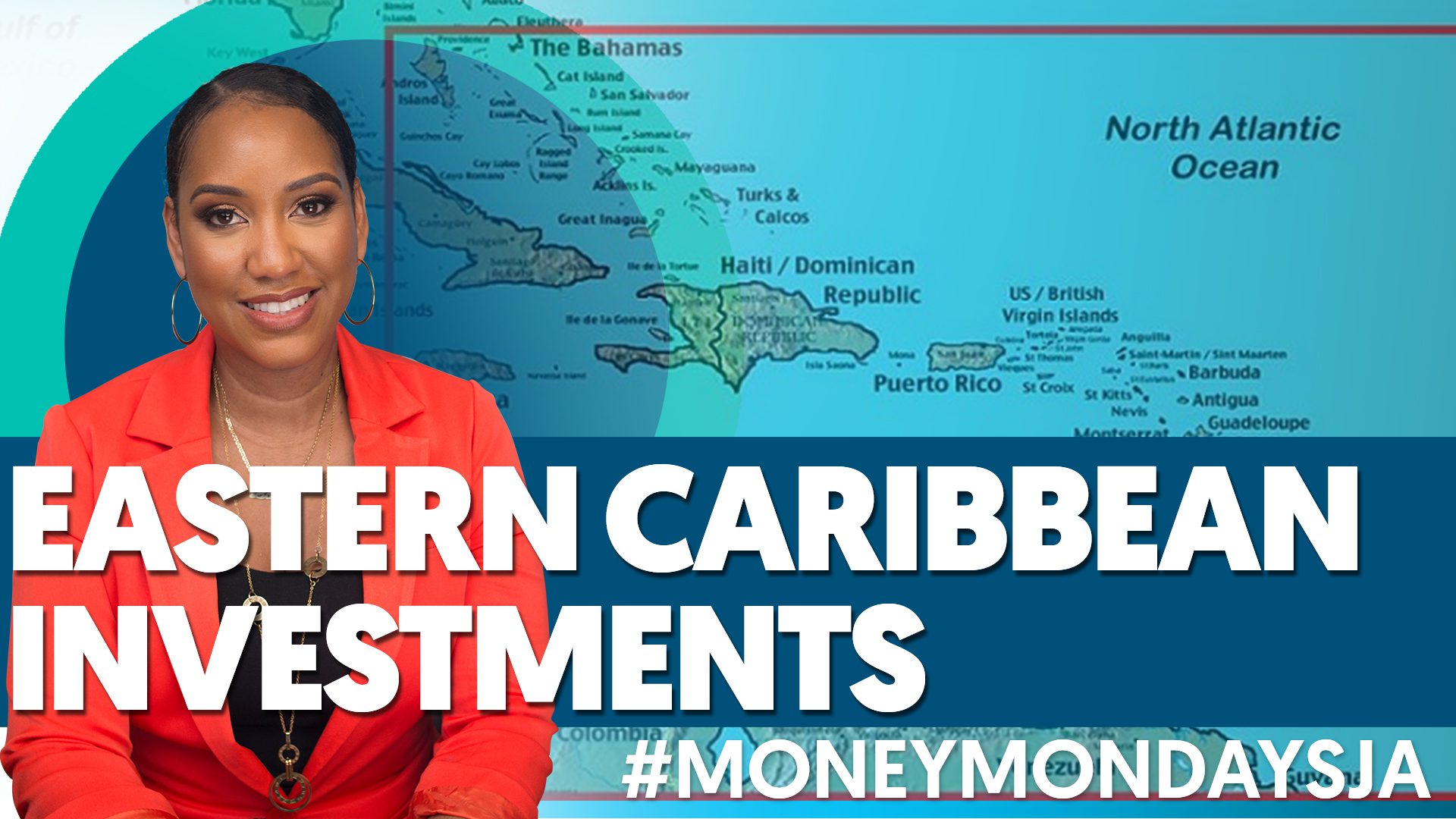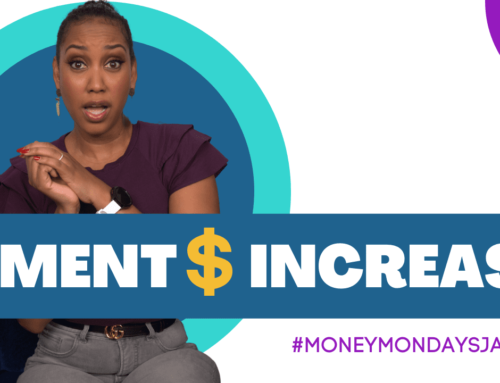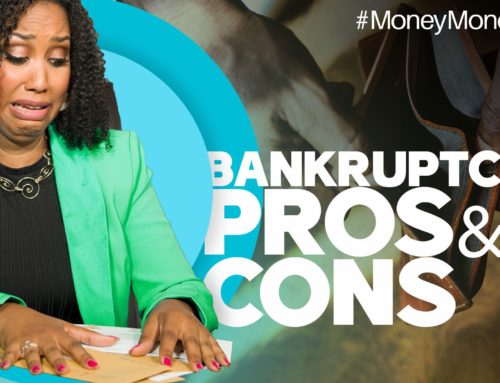Local gas prices hit record high!
Gas prices in Jamaica hit an all time high last week, with 90 octane selling as high as $185 a litre at some gas stations. Kalilah Reynolds Media combed through thirteen years of data to find out why gas prices are up a whopping 30% since the start of the year, and provide some tips for saving on your fuel bill.
The week of May 13, 2021, Petrojam was selling 90 octane gasoline to retailers for $151.24 a litre. Retailers add markups, which vary from location to location, but can be in excess of $35. For ease of reference, this article used Petrojam’s ex-refinery prices.
- World Oil Prices
One of the first things that heavily affects local gas prices are world oil prices. Jamaica is not an oil-producing country, so Petrojam buys oil on the world market and refines it into several products, including gasoline. In Jamaica’s case, the world oil prices are determined by the United States’ WTI (West Texas Intermediate) benchmark.
World oil prices are up 33% since the start of the year, which is about in line with the 30% increase in gas prices in Jamaica. This may seem reasonable until you look at last year, 2020, which was a crazy year for oil prices. In April 2020, world oil prices went negative for the first time in history! Because of the pandemic and global lockdowns, nobody was traveling. As oil companies ran out of storage space, they had to pay buyers to take oil, which is what was meant by negative oil prices.
Between January and December 2020, gas prices in Jamaica fell by 13% overall; however, throughout the year, there wasn’t any major change as prices remained fairly stable. Contrast that with world oil prices for the same period, when there was a dramatic dip in April as oil prices crashed and went negative. World oil prices fell by 20% overall last year, compared to a 13% drop in gas prices in Jamaica. Obviously, while these two things are related, there must be other factors at play.
- Petrojam’s pricing formula
Petrojam uses a pricing mechanism that includes several factors, one of which is price stability. Then-Minister of Energy, Fayval Williams, explained the premise during an interview on Taking Stock with Kalilah Reynolds last April.
“The pricing formula that Petrojam calculates… favours stability over volatility. If you look back at the history of prices at Petrojam, when prices are rising, our prices nationally don’t rise as fast. Similarly, when they’re going down, our prices here don’t go down as fast. It’s the smoothing that happens in the pricing formula that results in that,” said Minister Williams.
During the sectoral debates in Parliament on May 18, the new Energy Minister, Daryl Vaz, called for greater transparency on Petrojam’s pricing.
“Petrojam is procuring the service of a communication specialist, but I have instructed that a critical function of that engagement must include addressing what the public views as a lack of transparency in the pricing mechanism used by Petrojam to determine fuel prices and provide ongoing explanation to the public on the process that is involved. Madame Speaker, Jamaica deserves to know and to understand the formula that is used in calculating fuel prices, which fluctuate based on world oil prices,” stated Minister Vaz.
According to Vaz, the government is getting technical assistance from the International Monetary Fund (IMF). This support is expected within four to six weeks.
- Devaluation
Another factor is the foreign exchange rate, since Jamaica buys oil in US dollars. In 2008, the year of the great recession, world oil prices were at a historic high, peaking at a whopping US$147.30 a barrel. (If it wasn’t for the Petrocaribe arrangement with Venezuela, Jamaica and several other Caribbean countries who were part of that agreement, would’ve suffered terribly.) However, Petrojam’s price for a litre of 90 gasoline in 2008 was only J$79.87 – almost half what it is now, even though world oil prices were more than twice as high. This is because we have to account for devaluation. In 2008, the Jamaican dollar traded at an average $72.17 to one US. Today it’s about $150 to 1 US, more than twice what it was 13 years ago.
This correlation is even more evident when local gas prices are converted to US dollars. In 2008, a litre of 90 from Petrojam cost US$1.10 (J$79.87). In 2021, that same litre costs just about US$1.00 (J$150). So in US dollar terms, gas prices have fallen, but in JMD terms, because of devaluation, it’s more expensive for Jamaicans.
- Supply and demand
Both gas and oil prices can change significantly when there are disruptions to crude oil supplies, refinery operations, or gasoline pipeline deliveries. Just this month, a cyberattack earlier on the largest fuel pipeline in the United States, Colonial, caused a massive fuel shortage. Price wars between OPEC members, natural disasters like hurricanes, and pandemics, also affect supply.
Another thing to look at is seasonal demand and production specifications. Prices tend to rise in the spring periods and peak during the summer when people drive and travel more because there’s more demand. Also, gasoline sold in the summer should be less prone to evaporation during warm weather. This means that gas refineries have to replace cheaper components with more expensive ones that slow down evaporation.
- Taxes
According to a breakdown on Petrojam’s website, Jamaican consumers pay over $51 a litre in Special Consumption Tax, SCT, on gasoline. If the government were to remove those taxes, fuel would be a lot cheaper, but it would also cost the government billions of dollars in lost revenue, as they have to balance the need to help struggling consumers with their need to continue paying teachers, police, nurses, etc.
How to save money on fuel
- Keep your petrol or diesel above half tank. This may not be ideal as you go about your daily commute, but the idea is that the less air there is in your tank, the slower your fuel burns out because there is less empty space.
- Fuel your vehicle either at night or early morning. Experts say when the temperature is warmer during the day, the gas expands and you get less value for money, so it’s better to fill up when it’s cooler. You may want to think about doing this in the early mornings now because gas stations may actually be closed at night depending on the curfew hours.
- Listen out for price changes on the news. These are announced on Wednesdays, ahead of the price change on Thursdays. If you hear the price is about to go up, fill up on Wednesday to take advantage of the lower price. If it’s going down, wait until Thursday to go to the gas station. Staying up to date with news on the oil market can also give you an idea of what’s coming locally.
- Buying an electric or hybrid vehicle. This is a big investment up front but could pay off in the long run. Minister Vaz just announced that the government is considering incentives that will make it easier and cheaper to purchase an electric vehicle. Additionally, JPS just opened the first public Electric Vehicle charging station in St. Ann. According to a press release from JPS, if you drive a compact car from Kingston to St. Ann, it may cost $2,000 in gas, compared to $450 in electricity charge, with a comparable compact car like the Nissan Leaf.
Watch #MoneyMondaysJa with Kalilah Reynolds on YouTube and kalilahreynolds.com – New episodes premiere Mondays at 7pm.
Categories: MoneyMondaysJA
Audio Only
More #MoneyMondaysJA Episodes














